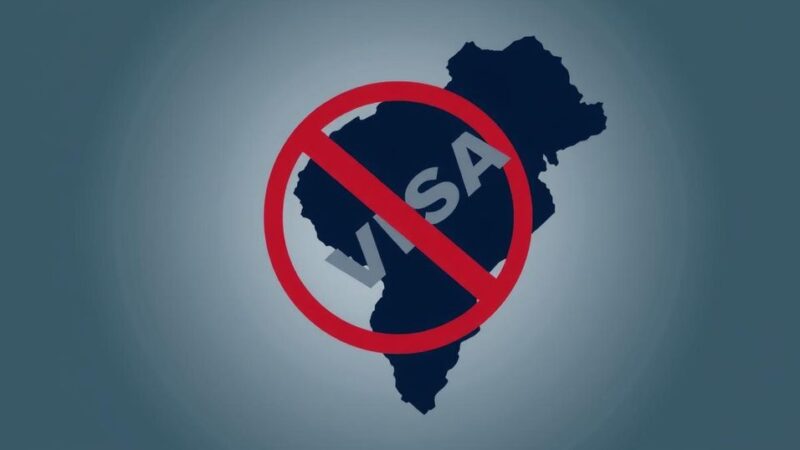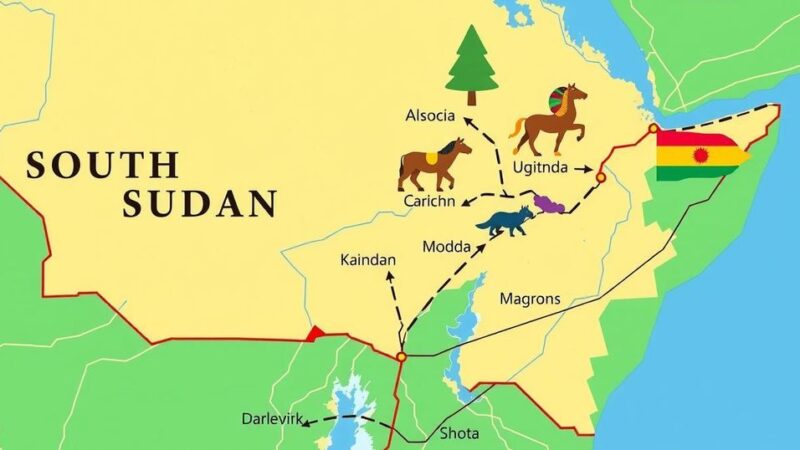Ethiopia has a rich history but faces ongoing conflicts, notably the Tigray War, which ended in November 2022. disputes between the Amhara and Oromia regions arise from historical grievances and territorial claims, threatening ongoing stability. The international community remains concerned about Ethiopia’s internal conflicts and humanitarian crises, emphasizing the need for lasting peace and resolution.
Ethiopia, noted for its rich and extensive history, has faced numerous conflicts recently. The Tigray War, which lasted from 2020 to 2022, resulted in thousands of deaths and the displacement of over two million individuals, pushing parts of the nation to the brink of famine. The struggle emerged between the federal Ethiopian National Defense Force (ENDF) led by Prime Minister Abiy Ahmed and the Tigray People’s Liberation Front (TPLF), a previously influential political entity in the country.
The conflict initiated on November 4, 2020, when Prime Minister Abiy Ahmed ordered a military intervention in Tigray, citing a response to an attack on a military base. Tensions had been escalating between his government and the TPLF that had dominated Ethiopian politics for nearly three decades until Abiy’s reforms sidelined them. The resurgence of fighting was deeply rooted in longstanding political, ethnic, and historical grievances, further complicated by Eritrea’s involvement.
International scrutiny peaked when the Norwegian Nobel Committee issued criticisms of Abiy Ahmed regarding the humanitarian impact of the war. They emphasized his unique responsibility as a Nobel laureate to foster peace, stating, “As prime minister and a winner of the Nobel Peace Prize, Abiy Ahmed has a special responsibility to end the conflict and contribute to peace.”
The Tigray conflict officially concluded in November 2022 with the Pretoria Agreement, facilitated by the African Union. This peace deal involved a ceasefire, provisions for humanitarian access in Tigray, and agreements for disarmament and restoration of services. However, even as one conflict subsided, Ethiopia faced renewed violence involving militia groups from the Amhara and Oromia regions.
The emerging tensions between these groups are driven by historical dominance, political marginalization, and territorial claims. The Amhara region has traditionally held power in Ethiopia, whereas the Oromo people, the largest ethnic group, have felt sidelined. Disputes over land and resources, mainly concerning areas like Wollega, have led to violent confrontations and further displacement.
Although the Tigray War has formally ended, the struggle for peace remains precarious. The ongoing discord between the Amhara and Oromia regions continues to threaten the safety and stability of civilians, highlighting the complexities of achieving lasting peace in Ethiopia amid multiple conflicts.
In summary, although the Tigray War has concluded with the Pretoria Agreement, Ethiopia’s path toward enduring peace is fraught with challenges. The escalating conflict between the Amhara and Oromia regions underscores the intricate political and ethnic tensions within the nation, which threaten civilian safety and stability. The need for comprehensive reconciliation and equitable resource management remains critical as Ethiopia navigates its complex socio-political landscape.
Original Source: www.outlookindia.com






